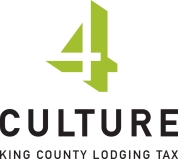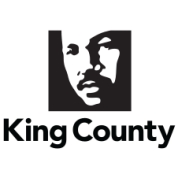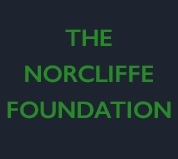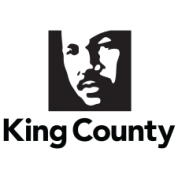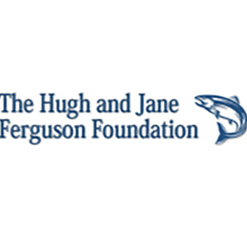
Seafair Festivities
This week Seattle culminates the summer-long Seafair celebration with the Seafair Weekend Festival, so expect to see the U.S. Navy Blue Angels flying overhead and the hydroplanes kicking up roostertails on Lake Washington. This summertime funfest has been an annual tradition since 1950 and has included such memorable events as the East Madison/East Union Mardi Gras Festival, the coronations of water kings and water queens, and the voice of Pat O'Day announcing the hydroplane races.
Seafair has had its share of surprises too. In 1954, folks at a garden party in Seattle’s Mount Baker neighborhood were startled when the hydroplane Gale IV, piloted by Wild Bill Cantrell, dropped in uninvited to a home on Lake Washington. The boat lost its steering and ended up on their lawn. No one was injured, but Cantrell was quite embarrassed. The following year Seafair fans saw something even more amazing when Boeing test pilot Alvin "Tex" Johnston unexpectedly "rolled" a prototype commercial jet over Lake Washington, twice. Boeing president William Allen, unaware of Johnston's plans, invited airline executives to Seafair to see the new Dash-80 in action, hoping they’d be impressed. They were.
One Seafair annual event that lives on only in memories is the Aqua Follies, held in the Green Lake Aqua Theater. This aquatic spectacle featured a "swimusical review" performed by the Aquadears, and comical trick high-dive acts by the Aquadivers. The Follies lasted until 1964, after which the theater went into disrepair. In 1969, Led Zeppelin rocked the venue a little too hard and it was demolished soon after.
Fiery Activities
On August 4, 1889, a fire broke out in a wooden building along Railroad Avenue in Spokane. The flames quickly spread to other wooden structures, stoked by rubbish and refuse between buildings. Fire fighters had no chance to extinguish the blaze, which grew to engulf the more substantial brick and stone buildings of the business district. By nightfall, the inferno destroyed 32 square blocks, virtually the entire downtown.
Spokane was the last in a string of Washington cities to suffer a devastating fire that year. The nearby town of Cheney had its downtown reduced to rubble on April 18. On June 3, half of the business district of Republic went up in flames, three days before much of downtown Seattle burnt to the ground. And on July 4, 200 homes and 10 business blocks were destroyed in Ellensburg.
Spokane rose phoenix-like from the ashes, just as the other cities did following their disasters. In some ways, the catastrophes proved beneficial, allowing each city to effectively start over by constructing sturdier and more fire-resistant business districts, strengthening municipal fire departments, and improving water supplies and their delivery systems. Of course, no city is completely safe from fire, but of the ones that rebuilt following the conflagrations of 1889, none have suffered comparable devastations since.
.jpg)
